Eye Witness Testimony- An Interview with Dr. Kristy Martire

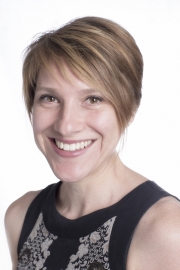 The testimony of an eye witness is given a lot of authority at a trial. The misidentification of eyewitnesses can lead to innocent people being charged with crimes. What can be done to make sure that there is justice. Would it be better if psychologists were to explain the difference accurate and inaccurate eyewitness to jurors? This is what the paper “The impact of eyewitness expert evidence and judicial instruction on juror ability to evaluate eyewitness testimony.” by Kristy A Martire, and Richard I Kemp talks about.
The testimony of an eye witness is given a lot of authority at a trial. The misidentification of eyewitnesses can lead to innocent people being charged with crimes. What can be done to make sure that there is justice. Would it be better if psychologists were to explain the difference accurate and inaccurate eyewitness to jurors? This is what the paper “The impact of eyewitness expert evidence and judicial instruction on juror ability to evaluate eyewitness testimony.” by Kristy A Martire, and Richard I Kemp talks about.
1.Could you touch a bit on what the research is for our audience who may be learning about the topic for the first time?
Courts are faced with difficult decisions every day. Not only do criminal trials have serious outcomes for victims and defendants, they also require jurors and judges to accurately evaluate many different pieces of complex and contradictory evidence to reach a decision about the guilt or innocence of the accused. This is a difficult task. Under special circumstances experts are permitted to provide judges and juries with new information that might help them to better understand the evidence in the case. Throughout my career as a forensic psychologist I have been interested in understanding the impact of this type of evidence so that we can improve the quality of decisions made by courts. For example, can we help jurors to discriminate between accurate and inaccurate eyewitnesses? Can people with extensive knowledge about the strengths and weaknesses of eyewitness identifications share that information with jurors to help them make better decisions? In this study, we explored these issues by conducting an experiment to compare the effect of helpful and unhelpful eyewitness expert evidence on (mock) juror assessments of eyewitness accuracy.
2.What got you interested in the topic?
During my undergraduate studies in psychology I learned that when an eyewitness says that the defendant was the person that they saw commit a crime, this tends to have a large impact on the outcome of a trial. A confident eyewitness can convince jurors that they should convict because it is hard to imagine that someone who witnessed a crime is going to forget what or who they saw. However, research by Professor Gary Wells and his colleagues showed that eyewitnesses can and do make mistakes much more regularly than you might think. Evidence collected by the Innocence Project in the US further showed that these eyewitness errors have led to innocent people being wrongfully convicted, incarcerated, and even executed. For example Kirk Bloodsworth was mistakenly identified by five eyewitnesses. He was sentenced to death and served nine years in prison before he was (luckily) exonerated by DNA evidence in 1993. In fact, the Innocence Project found that eyewitness misidentification was the most frequent contributing factor to wrongful convictions overturned through DNA testing. One of the suggested solutions to this problem was to call upon an expert, usually a cognitive or forensic psychologist, to testify at trial and provide jurors with information about what factors might make an eyewitness identification more or less reliable (e.g., the lineup procedure and instructions, lighting at the crime scene or distance from the events). I started my PhD by wanting to understand whether this potential solution did actually work to improve juror evaluations of eyewitness accuracy, and therefore prevent wrongful convictions.
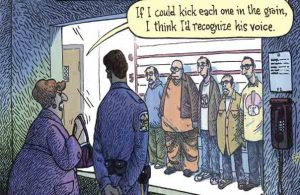 3.How reliably do you think that the jury should treat eyewitness testimony in a case?
3.How reliably do you think that the jury should treat eyewitness testimony in a case?
This is a very difficult question to answer and depends very much on the circumstances of the case. It is important for jurors to understand that not all confident eyewitnesses are accurate and not all uncertain eyewitnesses are mistaken. If the circumstances surrounding the identification suggest it might be flawed (e.g., the lineup was suggestive or the lighting was poor), or other facts in the case suggest the eyewitness might have been mistaken (a strong alibi), then jurors need to know that they can, and maybe should, consider the eyewitness to unreliable in a specific case. Reliability needs to be critically assessed on a case-by-case basis, not assumed.
4.In the paper, you have mentioned that sometimes there are exceptions to the rule and an eyewitness may have correctly identified the perpetrator even when there was not the best lighting or distance for them to see the perpetrator. Should the eyewitness expert evidence explain this as well?
In most jurisdictions experts have an overriding obligation to the court to present their evidence in a transparent and unbiased manner. The expert does not work for either the prosecution or defense. They work for the court and their job is to help the fact-finder (judge or jury) to resolve the issue at hand. This means that it is the experts’ job to dispassionately consider both the strengths and weaknesses of the eyewitness evidence. Some eyewitness evidence will be very strong and should be given substantial weight. Some eyewitness evidence will be very poor and should be given little weight. It is the fact-finders’ job to decide how much weight to give to the evidence. The eyewitness expert is called upon to present psychological evidence which will help them to make that decision in an informed manner.
5.Do you think that expert evidence could be more useful if the juror first provided instruction of the importance of expert evidence on eyewitness testimony?
Many years of research suggest that jurors approach their role in the trial carefully and seriously. Jurors are well aware of the consequences their decision may have and they act accordingly. This diligence extends to the consideration of expert evidence. Although researchers like Professor William Thompson, me and others have found there is evidence that jurors will at times make mistakes and can have difficulty fully and correctly understanding more technical forms of expert evidence, there is little to suggest that they automatically dismiss or ignore expert evidence. I do not think jurors need to be told that expert evidence is important. Instead, it is their job to critically assess what the expert is saying, whether it should be trusted, and how the information should be applied in a particular case. We need to be aware that experts aren’t always reliable either. Their evidence can be limited, flawed or inaccurate and it is the jurors’ duty to consider these possibilities.
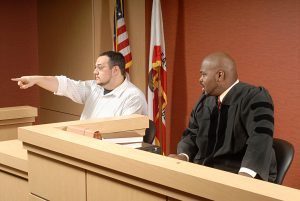 6.Do you think the study would have yielded different results if fictional eyewitness designs were used?
6.Do you think the study would have yielded different results if fictional eyewitness designs were used?
One of the strengths of this study was that we could compare the results we would obtain if we had used a fictional eyewitness design with those we got using real (mock) eyewitnesses. The results showed that the use of a fictional witness design would have led to the conclusion that eyewitness expert evidence increases juror sensitivity to the factors that might affect eyewitness identification accuracy. However, the real eyewitness design, which focuses on juror judgment accuracy, showed that eyewitness expert evidence was not associated with more accurate juror judgments. So even though jurors heard and recalled the expert evidence (i.e., they were sensitive), they were not able to apply the information they received to improve their judgement about the eyewitness they heard testify. This demonstrates how important it is to be clear about what you are measuring and why. Measuring other seemingly related outcomes (like sensitivity) when you are really interested in something else (like accuracy) might ultimately lead you astray.
7.Where are studies at the moment and where do you anticipate findings going in the next year or so?
Data obtained through the Innocence Project shows that misapplied forensic science is the second most common factor contributing to wrongful convictions. My work now focuses on the impact of expert forensic science evidence in what are known as ‘pattern-matching’ or ‘feature-comparison’ disciplines such as handwriting, fingerprint and shoe impression comparison. The forensic sciences have been criticized by authoritative scientific bodies like the National Academies of Science (in 2009) and the President’s Council of Advisors on Science and Technology (in 2016). One of the concerns relates to whether the evidence offered in court has been shown to be scientifically valid; that is repeatable, reproducible, accurate and reliable. While some forensic science techniques such as DNA and latent fingerprint analysis have been described as ‘foundationally valid’, for others like forensic bite mark, firearms and footwear analysis it has not yet been shown that practitioners can do what they claim (e.g., are actually able to match a bite mark to the teeth that made it). My research explores whether forensic science practitioners in these domains can be considered ‘expert’, how expertise develops in visual comparison tasks, and how the results of these analyses can be accurately and clearly communicated to jurors and other legal stakeholders. Every day we learn more about what forensic scientists can and can’t do, as well as how their performance can be improved. It is a very exciting time to be researching in this area.
8.What are some challenges you have faced during the times of your research?
Research is always challenging, but that is one of the things I love about it. With some studies the challenge is finding realistic stimuli to use in the experiment, like real eyewitness statements, handwriting samples or court reports. For other studies it is all about finding willing participants – there aren’t that many forensic scientists in the world, and they have a lot of important things to do apart from participating in my research! Other times the challenge is clearly communicating research findings or presenting results that might be critical or contentious. Sometimes these challenges can be met through persistence and creativity, other times they can’t. Luckily I find my work very rewarding and I am hopeful it will contribute to positive change in criminal justice systems around the world.
9.Do you have additional resources or further readings for those who want to learn more about the topic?
Wells, G. L. (2005). Eyewitness identification evidence: Science and reform. The Champion, 12-21.
President’s Council of Advisors on Science and Technology (2016) Report to the President: Forensic science in criminal courts: Ensuring scientific validity of feature-comparison methods https://obamawhitehouse.archives.gov/sites/default/files/microsites/ostp/PCAST/pcast_forensic_science_report_final.pdf
Edmond, G., Towler, A., Growns, B., Ribeiro, G., Found, B., White, D., … & Kemp, R. I. (2016). Thinking forensics: Cognitive science for forensic practitioners. Science & Justice. http://dx.doi.org/10.1016/j.scijus.2016.11.005
Martire, K. A., & Edmond, G. (2017). Rethinking expert opinion evidence. Melbourne ULR, 40, 967-1132.
Providing expert advice may show to the jurors how much weight they should give to the eyewitness testimony, and hence help to get more just results.
If you have any further questions relating to the subject, the author can be reached at k.martire@unsw.edu.au or you can send a message through https://www.researchgate.net/profile/Kristy_Martire

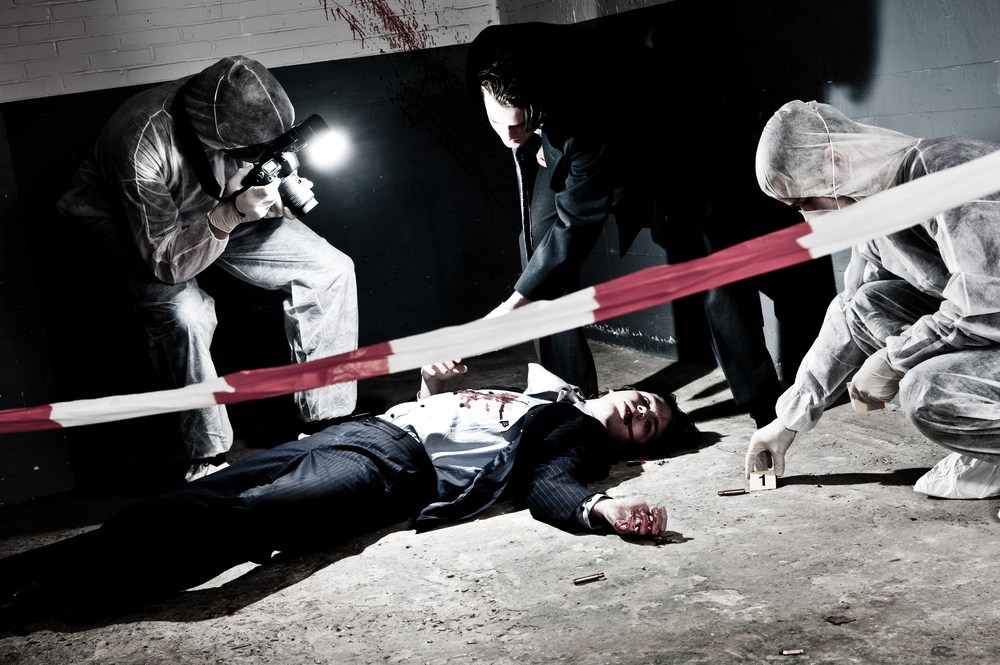

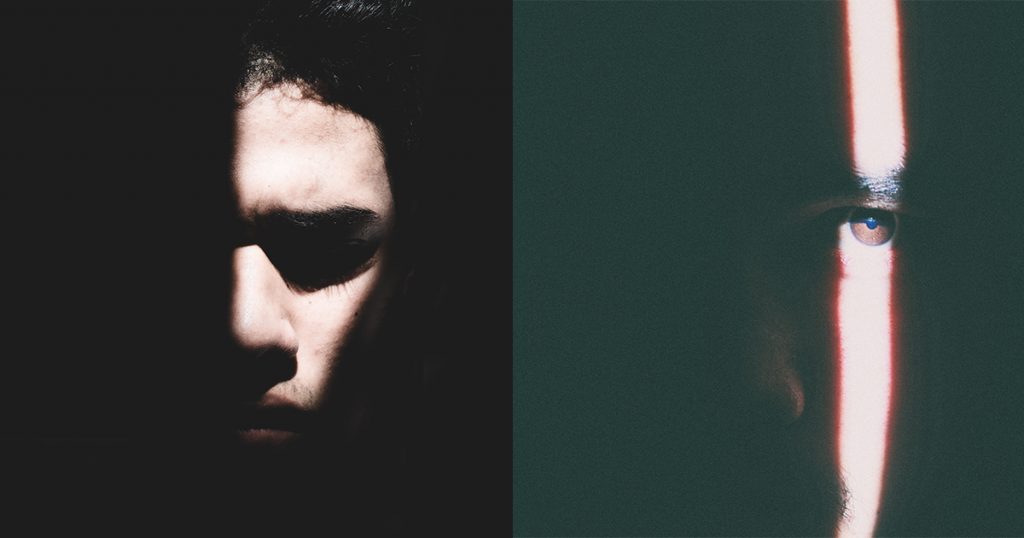
Great article! I’m kind of stepping out of my comfort zone just by leaving a comment but it was really nice hearing someone’s words describe my feelings and experiences more clearly than I ever could. So, thank you for writing this. Also, I went to URI, too!
Thank you so much! I am really glad you liked my article.